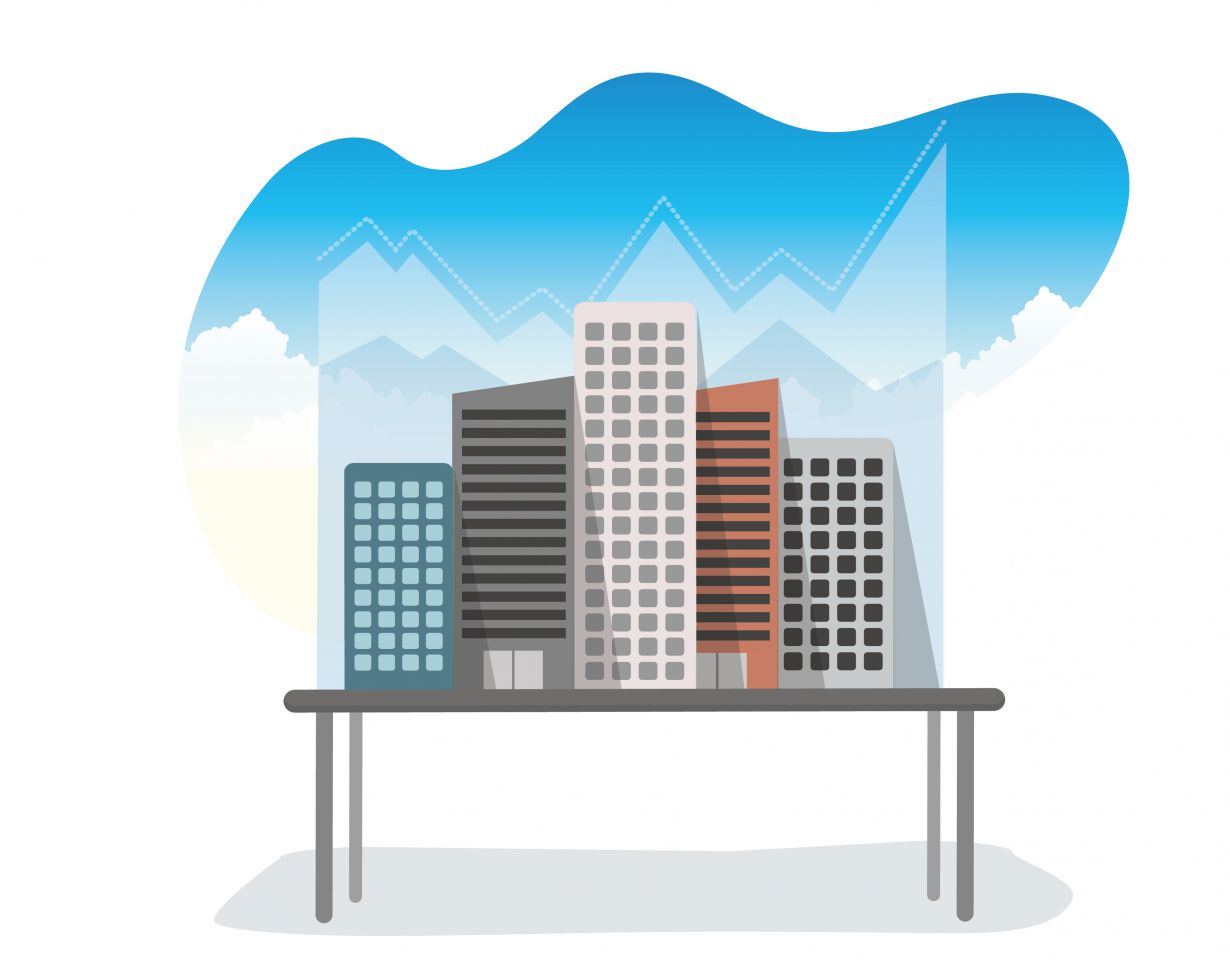What are capital goods?

Also known as durable goods, capital goods are manufactured physical assets businesses use to produce finished consumer goods and services. Capital goods are among the four factors of production defined by economists: capital, entrepreneurship, labour and land.
Capital goods examples include buildings, machinery, tools, vehicles and any other equipment that a business uses in the production process. They are defined as assets the business will use for at least a year.

There are different types of capital goods. Governments tend to define capital goods not including aircraft and defence equipment as core capital goods. This is because defence spending is not influenced by economic cycles.
Capital goods can include finished goods used by consumers, such as computers, ovens and refrigerators.
So, what's the difference between capital and consumer goods? Goods are considered capital goods if they are used by a business for commercial purposes. They are consumer goods if they are used by consumers.
Where have you heard about capital goods?
Trends in the capital goods sector are important indicators of economic health. In the US, the Census Bureau issues a monthly report on durable goods as an economic indicator, including new orders, shipments and inventory. The US Bureau of Economic Analysis (BEA) includes durable goods orders in its quarterly gross domestic product (GDP) report. Excluding aircraft and defence equipment makes core capital goods orders a useful indicator of how well businesses are performing.
For example, in April 2020, new orders for manufactured durable goods in the US made headlines as they plummeted by 17.2%, following a decline of 16.6% in March 2020. Covid-19 lockdowns disrupted manufacturing activity and created uncertainty, which in turn prompted businesses to stop purchasing capital goods.
What do you need to know about capital goods?
Capital goods are large, expensive items. A business investing in capital goods means that it could be confident about the outlook for sales and its ability to recoup the cost of the investment. If they are uncertain or bearish about the economic outlook, businesses tend to hold off on investing in capital goods until the outlook improves. If businesses order more capital goods, it indicates they expect to increase production, which is in turn a sign that the economy is likely to grow.
Capital goods are included in a company’s earnings report as fixed assets. As their value declines over the course of their lifespan, they are depreciated over time on the balance sheet, allowing the company to take tax deductions on the value.
If the market or resale value of capital goods declines to less than the value recorded on the balance sheet, it becomes recognised as an impaired asset. Capital goods appear on a company’s cash flow statement when they’re purchased, when their value is depreciated and if they are sold.
Looking at a company’s capital goods purchases and sales can give an indication of performance and expectations for medium-term revenue growth. That could help them decide whether to invest in the company.